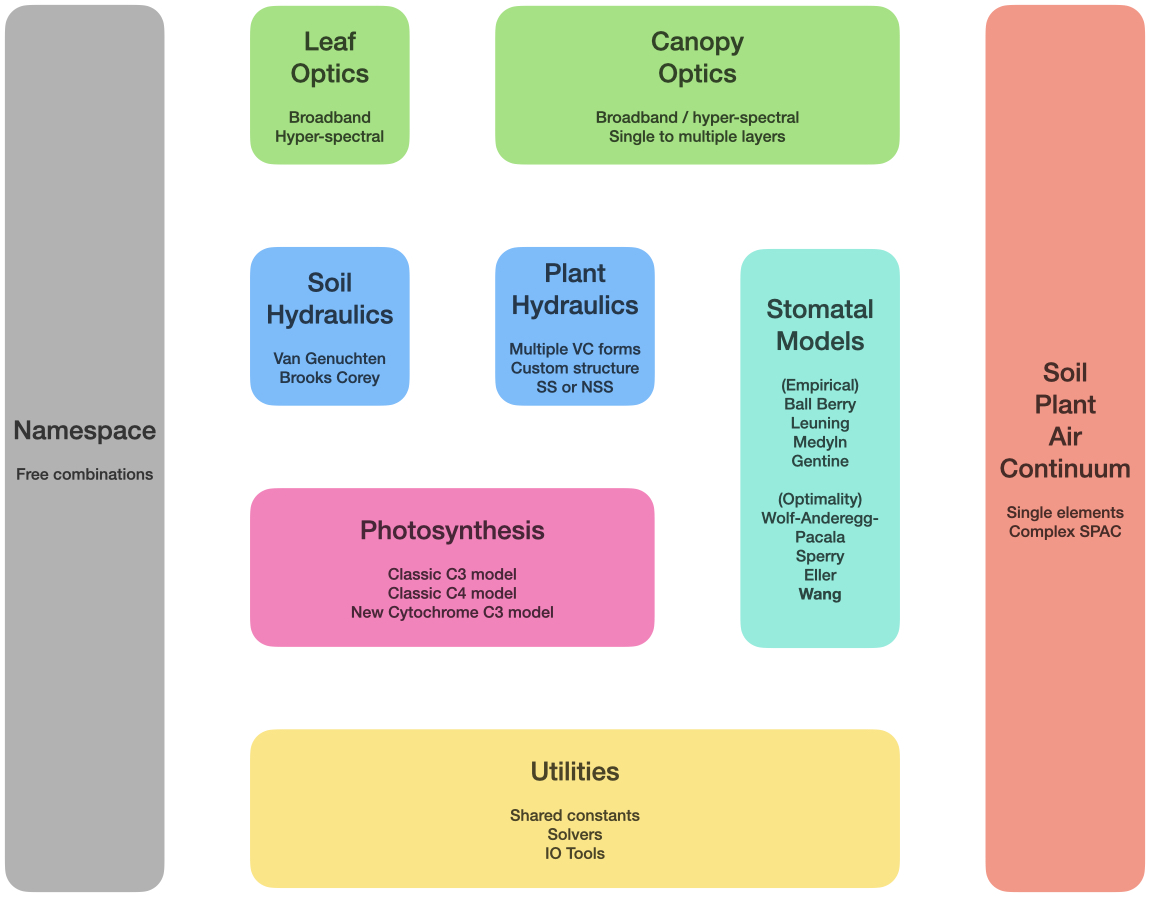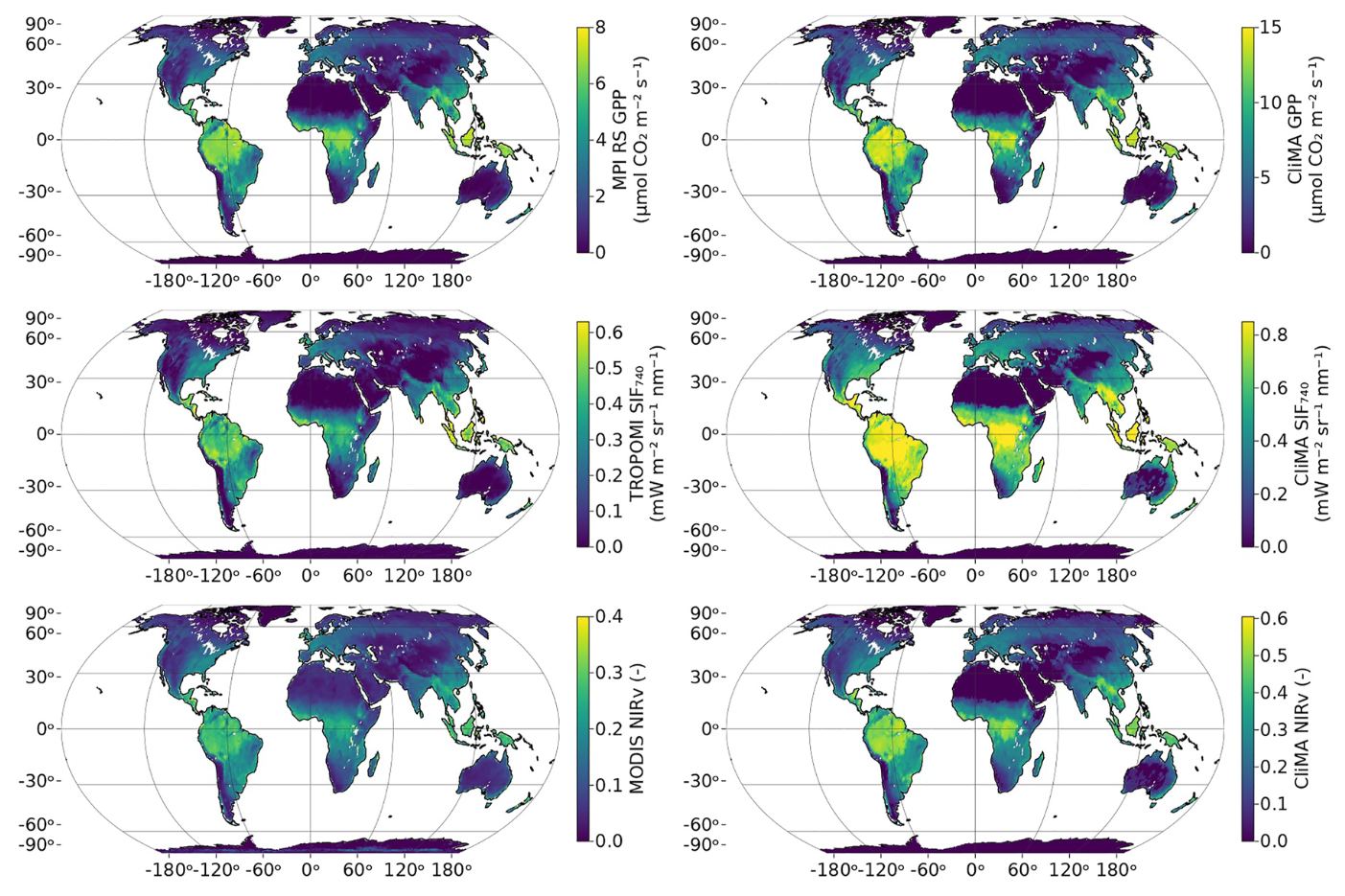Climate model predictions of future land carbon sink strength show significant discrepancies. To enhance predictive accuracy and reduce inter-model disagreements, it is crucial to improve the representation of vegetation processes and calibrate the models using more observational data. However, the limitations of computational resources in the past have hindered the integration of new theories and advances into traditional climate models, which often rely on statistical models to parameterize vegetation processes instead of mechanistic and physiological models (such as stomatal control models). Additionally, the preference for faster models has limited the incorporation of complex features (e.g., canopy model complexity), restricting the predictive skills of climate models.
The use of simple vegetation parameterization schemes in traditional climate and land surface models has also limited the types of data that could be used for model calibration. For example, existing climate models do not use complex canopy radiative transfer models, thus being limited to use data such as carbon, water, and energy fluxes for calibration, often from flux towers. Despite the high temporal resolution provided by flux towers, the towers’ sparsity in space and time is a major limitation. Remote sensing data from space (such as MODIS, TROPOMI, and OCO 2/3), which provide global coverage, or field data (such as PhotoSpec), which provide high spectral and temporal resolution, cannot be directly harnessed by the traditional models.
In CliMA, we are developing a next-generation climate model that learns from data. In pursuit of this goal, the land model component of CliMA seeks to equip the model with improved representations of vegetation processes and the capacity to directly harness remote sensing data, beyond just carbon, water, and energy fluxes. Thanks to the concerted efforts of the land team, we have successfully developed a first version of the next-generation land surface model—CliMA Land.
CliMA Land is a cutting-edge, highly modular model, entirely written in Julia, with all of its submodules available as standalone packages for use in research from leaf level to regional and global scales (Fig. 1 biophysics module of CliMA Land). The biophysics component of CliMA Land boasts an impressive array of features, including support for two canopy radiative transfer schemes (broadband and hyperspectral), a sophisticated plant hydraulic model (offering both steady and non-steady state options), and nine stomatal models (including both empirical and optimality-based models). Further details, code, examples, and documentation can be found at https://github.com/CliMA/Land.

We are thrilled to announce that we have successfully run a global simulation using CliMA Land for the first time. The model showed very high predictive skills with regard to simulated quantities such as gross primary productivity, solar-induced chlorophyll fluorescence, and canopy reflectance properties (as shown in Fig. 2). Although the model has not yet been calibrated based on field- or space-based data, it demonstrated impressive spatial and temporal predictions (mean R2 = 0.78 for nine simulated flux and remote sensing quantities). This work has recently been published in the Journal of Advances in Modeling Earth Systems (doi:10.1029/2021MS002964).
We continue to work on improving the model’s predictive skills through development, configuration, and calibration efforts. Furthermore, we are dedicated to keeping the model open-source and user-friendly, and thus warmly welcome contributions and suggestions from the community.
